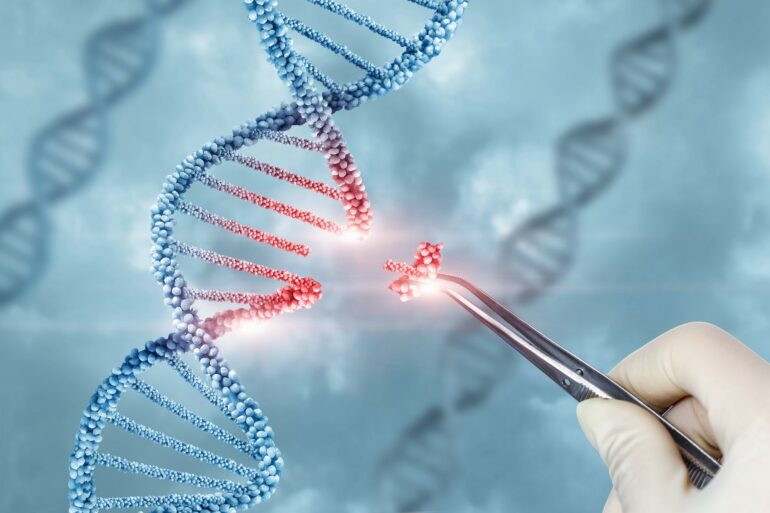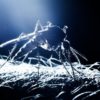Genetic diseases can have devastating consequences for the people who inherit them. In recent years, scientists have found that there are human genetic diseases that might be treatable, and perhaps even curable, through gene editing. Gene editing is the process by which sections of a person’s DNA are altered. Commonly compared to a word processor or a pencil and eraser, precision gene editing agents can alter sections of a person’s genome to correct “misspellings,” or mutations, in their DNA.
David Liu is a professor of natural sciences at Harvard University. He co-founded several biotechnology companies including Prime Medicine, Beam Therapeutics, Editas Medicine, Chroma Medicine, Pairwise Plants, Exo Therapeutics, Resonance Medicine, and Nvelop Therapeutics. Liu and his team pioneered base editing and prime editing, two new innovative methods of gene editing that allow for precise alterations to a person’s genetic code.
In March, Liu’s video was shared with participants at the 2023 Imagine Solutions Conference in Naples, Florida, about how gene editing works, why it is important, and the strides he and his team have made in the field so far.
David Liu speaking at the Imagine Solutions 2023 Conference.
What is gene editing, and why are scientists interested in developing and using this tool?
Gene editing is a technique that makes it possible to purposefully change genes in the DNA of different organisms, including crops and animals. Scientists are interested in developing and using genome editors because they are powerful tools for studying biology, treating human diseases and improving agriculture. More than 50 clinical trials using gene editing to treat a variety of disorders are in progress.
According to the U.S. National Human Genome Research Institute, around 280 million individuals worldwide live with a rare genetic disease. Most of these individuals have few to no treatment options, leaving them resigned to their genetic fate.
Can you explain the difference between base and prime editing? Why would scientists use one over the other?
Neither base editors nor prime editors exist in nature; instead, both were engineered in our laboratory from natural and laboratory-evolved components.
Base editing, often compared to a pencil and eraser, can precisely and efficiently correct four of the most common types of misspellings that occur in DNA, together accounting for about 30% of all known disease-causing DNA errors. Base editors perform a chemical reaction on an individual DNA letter, or “base,” rearranging its atoms to instead become a different DNA base. But base editing cannot be used to correct mistakes such as extra letters, missing letters or the remaining types of single-letter misspellings in DNA.
In contrast, prime editors, sometimes compared to the “search and replace” feature in a word processor, can replace any stretch of up…



